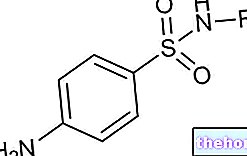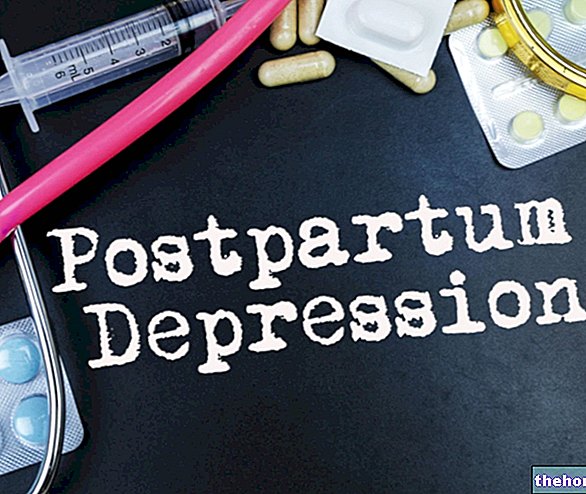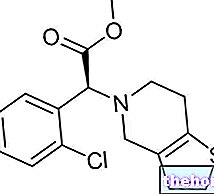Distribution is a series of phenomena underlying the transfer of a drug in all compartments of our organism, until it reaches the target site. The main aqueous compartments in which the drug can be distributed are:
- PLASMA
- EXTRACELLULAR LIQUID
- INTRACELLULAR LIQUID
Once the drug has entered the blood, it is not free, but is bound to plasma proteins (globulins and albumins). Drugs with acidic characteristics bind to albumin. Those with basic characteristics bind to globulins.
Drug / plasma protein binding can be a very important factor in drug distribution. The interaction between drug and plasma protein can be weak (eg electrostatic bonds, Van der Waals forces and hydrogen bonds), but also strong. If the bond considered is weak, the drug easily detaches from the plasma protein, exits from the bloodstream and reaches the target site.If, on the other hand, the bond between the molecule and the plasma protein is very stable, the drug cannot detach itself from the protein itself and consequently is unable to carry out its activity on the target site.
Another reason why the drug remains in the blood and is not distributed is that it does not possess chemical-physical characteristics suitable for absorption.
BOND WITH PLASMATIC PROTEINS
F + P

Where F indicates the drug, P the plasma proteins and FP the complex formed by drug and plasma protein.
The degree of F-P bond is expressed in relation
[Linked drug concentration] / [Total drug concentration].
Based on this ratio it can be determined whether the drug is strongly bound (ratio close to 1) or weakly (ratio close to 0). As mentioned above, only the weakly bind drug enters the circulation in order to reach the target site.
In summary, drugs in plasma can be found in two forms:
Free
Tied up
The amount of drug bound to a protein depends on:
The concentration of free drug;
Its affinity for binding sites;
The concentration of proteins.
THE DRUG LINK WITH PLASMATIC PROTEINS:
It allows the transport in the blood of substances so lipophilic as to be insoluble in plasma water;
Reduces the concentration of free drug in the plasma → maintenance of the concentration gradient between intestinal lumen and plasma → increased intestinal absorption.
It limits glomerular filtration (thus elimination of the drug) and passage through the BEE and placenta.
The drug-protein complex represents a circulating deposit that releases the more drug the more free drug is metabolized or eliminated; the bond therefore decreases the intensity of the pharmacological effect, but increases its duration.
The binding is not selective and different drugs can compete for the same proteins (possibility of displacement).
Drugs bind, in most cases, to albumin (if acidic) or to α1 acid glycoprotein (if basic).
The amount of bound drug varies from drug to drug (barbital 5%; warfarin 98%).
The bond is, with rare exceptions, weak and reversible; the drug-protein complex is therefore easily dissociable.
The bound drug share is in equilibrium with the free share in the plasma; if this increases, the bound share also increases up to a maximum (saturation of the binding capacity of proteins).
By increasing the concentration of a drug with a therapeutic dose close to the saturation of the albumin bonds, the concentration of the free drug is increased in a non-linear way.
THE COMPETITION (displacement)
There is always talk of the link between plasma proteins and the drug, but there is the possibility that the drug is present in concentrations significantly higher than plasma proteins. The most logical thing is that there will be a competition between substance and protein; this competition could therefore modify the effect of the drug during multiple drug therapies. The best known example is that between Aspirin® and oral anticoagulants. Oral anticoagulants have a low therapeutic index and have effects on the development of the embryo (teratogenesis). These drugs are administered to patients who have cardiovascular problems or who have undergone surgery. The key thing for these patients is to keep their blood "liquid" "to prevent the formation of abnormal clots. All patients who use these anticoagulants are always under the strict control of a doctor, who calibrates the dose of anticoagulant according to the needs of each patient (this explains the danger of such drugs.) Suppose a patient treated with an anticoagulant has a mild headache and spontaneously takes an Aspirin® tablet to relieve it.
What happen?
Acetylsalicylic acid has an "affinity with plasma proteins of 98%, therefore it is positioned in the place of the anticoagulant in the binding site (displacement). The competition between anticoagulant and Aspirin® therefore causes a sudden increase in plasma concentration of the" free form anticoagulant, with the possible risk of a bleeding crisis.
Class I drugs
If the drug dose is less than the binding capacity of albumin. The binding sites are in excess of the available drug and the amount of bound drug is high (most clinical compounds)
Class II drugs
The drug is administered in doses much higher than. number of albumin binding sites. High share of free drug
Displacement of drugs
Class I drug (tolbutamide, sulfonylurea insulin) is found to be 95% bound and 5% free. If a class II drug (sulfonamide) is administered, this displaces the tolbutamide causing a rapid increase in plasma (note: the plasma concentration of tolbutamide does not remain high because the drug exits the plasma towards the interstitial fluid)
Other articles on "Binding of a drug to plasma proteins"
- Absorption of a drug - Henderson-Hasselbach equation -
- Factors that modify the distribution of drugs





























